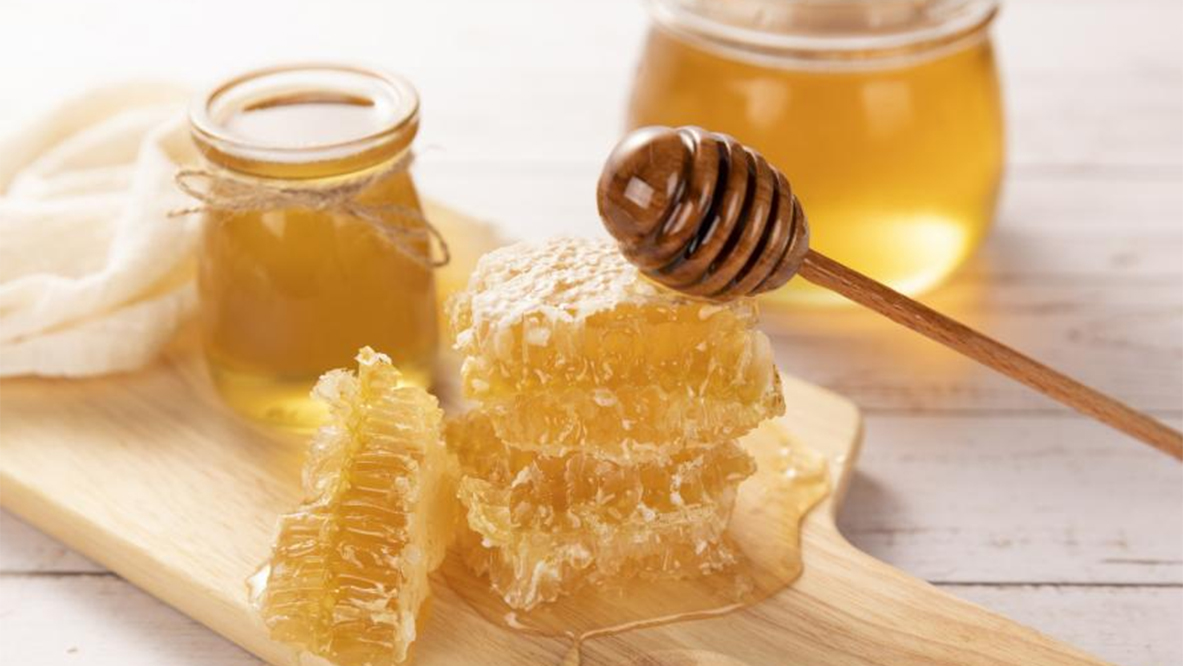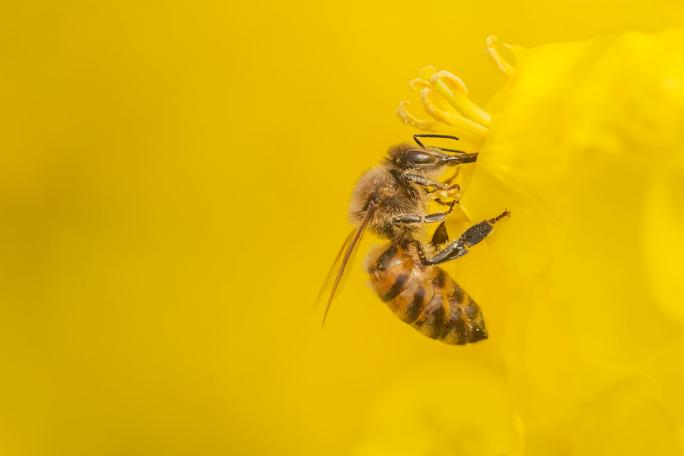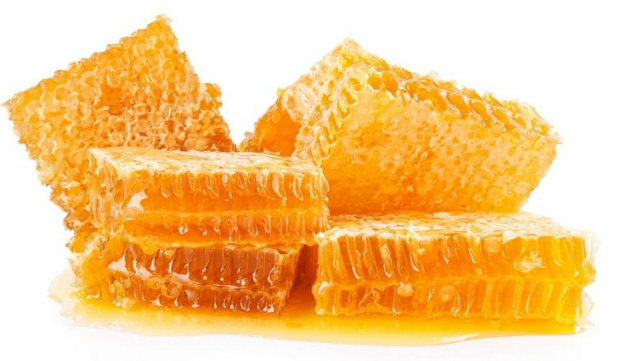- Beehall always with you !
Which bees produce the best honey?
This is a concern of many consumers. Some say that Chinese honey is good, while others say that the honey produced by Western bees is good. As we all know, it is honey that prevents, cures, and maintains nutrition, that is, the nutrients and medicinal ingredients collected by bees from nectar plants, not bees. Bees are only collected, concentrated, and brewed from the flowering period, and usually they are a pure consumer.
So why do people think that Chinese honey is more effective in preventing and treating diseases than Italian honey? This is because, in China the old-fashioned traditionally raised Chinese bees generally collect honey once a year, at most twice a year. The honey collected is the mixed honey of each flowering period throughout the year. This honey has many kinds of honey sources, nutrients, medicinal components and its natural value. Well, it works well. However, Italian bees are raised in live frames, chasing flowers to capture honey, collecting honey many times a year, and producing high honey. The therapeutic effect may not be as good as that of traditionally raised medium honey, so it leaves a deep impression on the hearts of the elderly.

In fact, after the Chinese bee has been improved and raised in the same living frame as the Italian bee, the honey is extracted by the centrifugal action of the honey shaker. This honey maintains its original natural color and has the floral fragrance of the honey source plant, no impurities, very clean, good taste, there is no difference between the honey produced by Chinese bee and Italian bee.
The different single-flower honeys produced have different medical and health care effects. For example, Coptis chinensis honey has the effects of improving eyesight, clearing heat, and reducing inflammation; Codonopsis pilosula honey has the effects of invigorating the middle and nourishing qi, moisturizing the lungs, invigorating the spleen and nourishing the stomach; buckwheat honey is rich in Minerals such as iron and copper can nourish blood and replenish qi, and are suitable for the treatment of anemia, high blood pressure, and stroke prevention; peppermint honey helps digestion, analgesia, and relieves gastrointestinal disorders; locust honey has a preventive effect on cardiovascular diseases, etc. In a word, whether it is honey produced by bees in live frame rearing or honey produced by Italian bees, their nutritional value and pharmacological effects are generally similar, and there is no essential difference.

What is comb honey?
In some areas, people have the habit of eating comb honey. The so-called honeycomb honey (referred to as comb honey) is the most perfect and high-end natural honey product. At the beginning of the 20th century, it was all the rage in some developed beekeeping countries in the United States and Western Europe. In the 1970s, some regions in my country also produced and sold this product, which was very popular with consumers.
Compared with isolated honey, comb honey has its own unique characteristics:
(1) Comb honey is like chewing gum, it has something to chew, taste to suck, sweet and refreshing, and feel comfortable when eating.
(2) Comb honey is generally sealed, with low moisture content, thick honey taste, high nutritional value and good quality. Honey in honeycomb honey is rich in fructose and glucose, as well as relatively balanced enzymes, vitamins, minerals, amino acids, antibiotics and aromatic substances. Health-building and anti-aging health products have been recognized and loved by an increasing number of people.

(3) Comb honey has the pharmacological effects of both honey and honeycomb, and is more delicious than eating honeycomb alone, so it has special medicinal value. Modern research and clinical practice show that honeycomb is also a treasure. The honeycomb formed by the honeycomb contains not only beeswax, propolis, resin, insect coat and bee body metabolites, but also organic fatty acids, pigments, tannins, glycosides and trace elements, etc. It has cardiotonic and diuretic effects, and has inhibitory effects on Staphylococcus aureus, Pseudomonas aeruginosa, Escherichia coli, Shigella, Typhoid Bacillus and some viruses. Honeycomb extract has good effects in the treatment of hepatitis, sinusitis and rheumatoid arthritis. In recent years, there have also been reports on the treatment of stomach disease, heart disease, epilepsy, mastitis, and cancer with honeybee.
 Hot News
Hot News2024-01-16
2023-11-28
2023-11-15
2023-10-26
2023-10-16
2023-10-11
 ONLINE
ONLINE